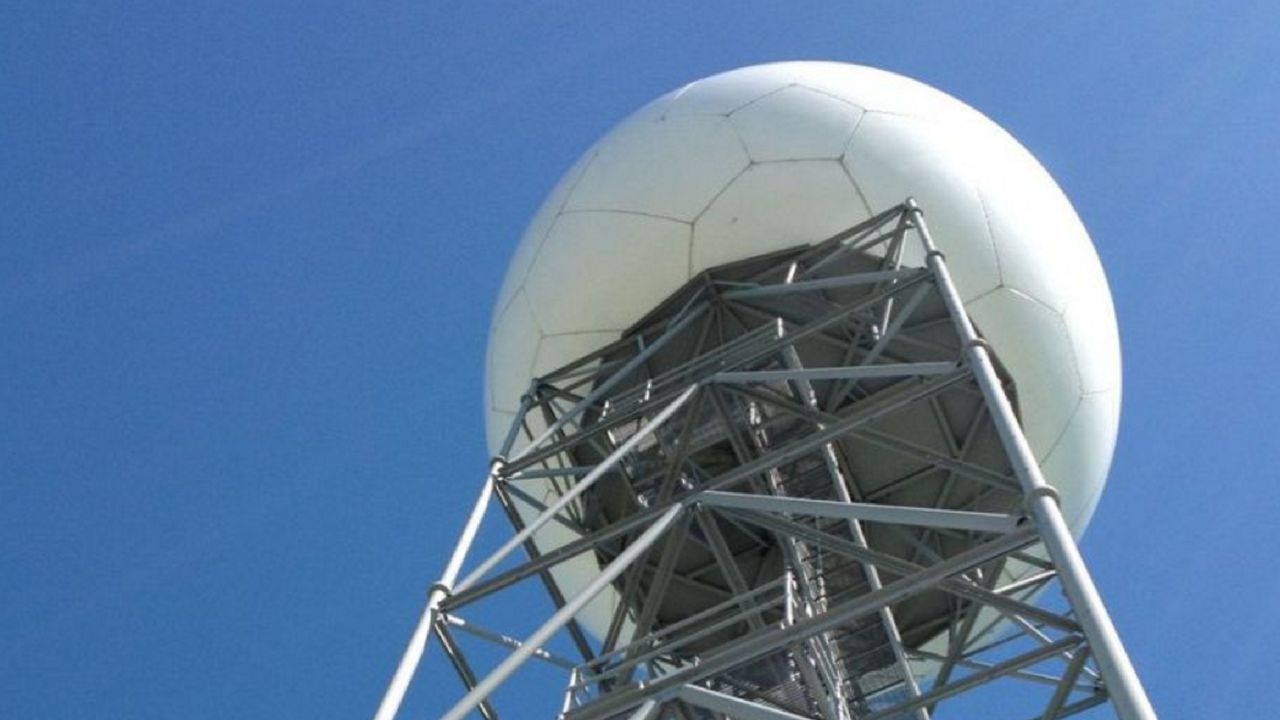Have you ever seen the Doppler radar in Buffalo? I bet you have but just didn’t know it. Next time you’re driving down the 90 toward Rochester, look to your right near the airport runway. Right there, you’ll see a large white ball atop what looks like a tower.
The current Doppler radar has been in use for over 25 years and parts of it are in need of an upgrade. The upgrades completed will hopefully keep this radar going for 25 more years!
What makes a radar?
There are many different components that make up the Doppler radar as a whole.
One of the most important components is called the pedestal. This piece is critical for the movement of the antenna in order to capture weather data coming in from all directions. In order for the pedestal to be replaced, the radome (big white ball on top) will be removed using a crane and then put back when the job is finished.
This upgrade will start September 13th and last about 2 weeks.
Many Doppler radars will get upgrades
According to the National Weather Service, the Buffalo radar is only one of many radars across the country getting an upgrade.
It is all a part of the NEXRAD Service Life Extension Program. This program is essentially a series of upgrades that will keep our nation’s radars viable into the 2030s. The goal is to compete these improvements by 2023.
Other radars around the region will help us
Having a radar down limits the amount of data we have to view incoming storms.
That being said, we are not flying blind.
Meteorologists are able to use other radars close by to piece together a view of what is heading toward Western New York.
Throughout the next few weeks, Binghamton, Cleveland, and Montague radars will work together to give us a detailed view of any incoming weather. You can find those radars here.
For more weather blogs and information about the weather follow Meteorologist Kaylee Wendt on Facebook, Instagram, and Twitter!



